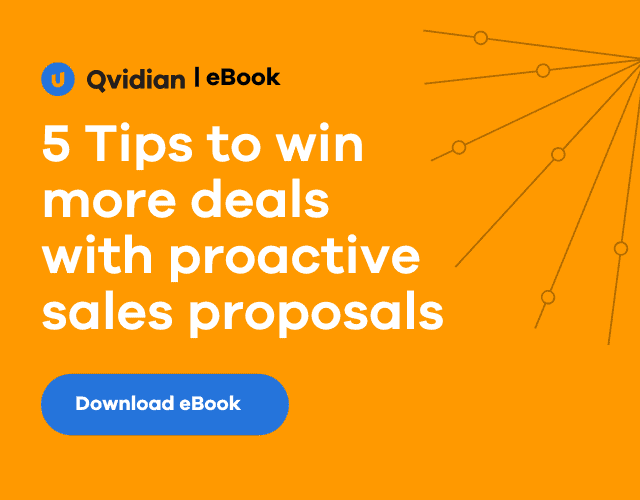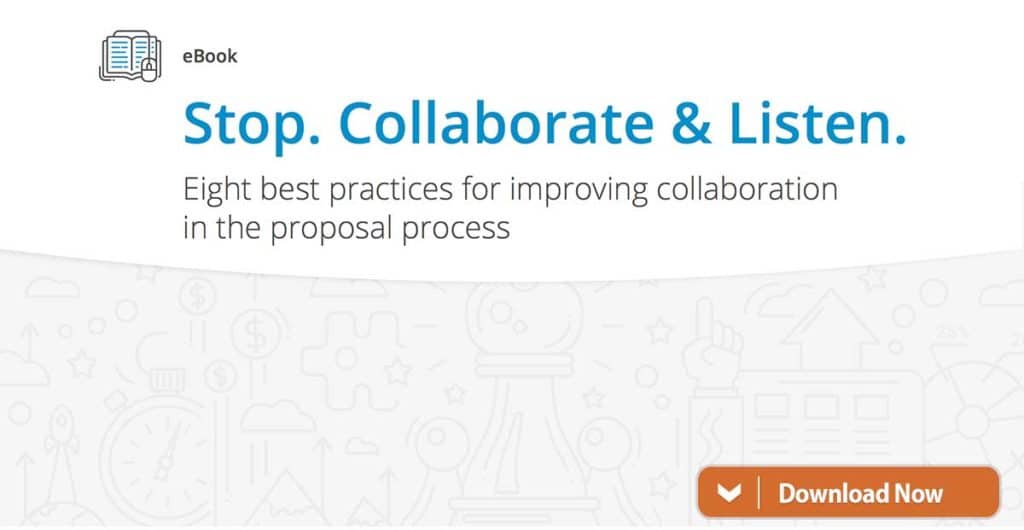Let’s face it. Subject matter experts (SMEs) today tend to work in departments such as product management, product marketing, services, and engineering. This (obviously) makes them great at providing RFP responses that are factual, technically detailed, and highly accurate. Yet surprisingly, their content may not be good enough to include in your next RFP.
If this sounds like a contradiction – What do you mean our SMEs can’t provide great responses? – keep in mind that SMEs are often too close to a particular product or feature, especially if they helped design, develop, or launch it. They may have invested weeks or months (even years) focused on a new widget or technical detail, and now assume everyone knows what it is and why it’s so important.
Additionally, their roles usually require attention to product specifications and other technical details to make sure it works. As a result, these SMEs may be great at communicating accurate technical information, yet they often come up short when attempting to communicate the benefits their widget provides. In other words, they fail to address the question, “what does this really mean for the prospect?”
Highlight the benefits, not the features
Zig Ziglar, a famous sales guru, author, and motivation speaker, once pointed out that no one really wants a quarter-inch drill bit; what they really want is a quarter-inch hole. This was his way of encouraging sales and marketing teams to focus on providing solutions to their prospect’s problems, not just another product.
This still rings true today. Our language is still too focused on “we,” as in our products, our services, our track record, etc. Sales content usually doesn’t articulate how a particular product or service can help the prospect increase productivity, cut costs, or achieve whatever other goal they may be pursuing.
What is the best way to improve collaboration with SMEs, get better RFP content, and consistently demonstrate the benefit a prospect will receive? One way is collaborating with SMEs using an “is-does-means” framework when asking for RFP responses.
A closer look at “is-does-means”
- Is: This is your chance to describe what a particular product, service, or feature actually is. Don’t take it too far and eliminate this step. It is still important to convey since many prospects do want to know – in simple terms – what your specific offering is.
- Does: Here’s where you take it a little further. Instead of simply describing what your product, service, or feature is, this content should describe what it does. This information can include how it works, answers to obvious questions prospects may have on how this fits into larger product messaging, and other details.
- Means: This is the most overlooked step. Too many subject matter experts assume prospects know what the end benefit really is, and in doing so, miss a huge opportunity to convey why anyone should care. “Means” content should include how this product, service, or feature helps save time, increase productivity, reduces costs, maximizes ROI, helps the business grow, or other business drivers. This content should be as specific as possible and improve quantifiable proof such as proven cost savings, metrics, or customer testimonials.
“Is-does-means” in action
To understand how this might look in real-life, let’s take a closer look at an example we’re all familiar with: a spell-check feature in a word-processing application:
-
- Is: “Our release now includes a new spelling-and grammar-checking feature embedded in our word-processing application.”
- Does: “This powerful new feature quickly identifies and corrects spelling errors and common grammar mistakes in word-processing, email, and online discussions.”
- Means: “Save valuable time proofreading your document, reduce the amount of errors by 99.9%, and make sure you always sound like a true professional. Now you can produce flawless copy effortlessly and truly stand apart from the competition.”
By getting SMEs to understand what a great RFP response looks like – and how to consistently promote the benefits you can provide – RFP teams can improve collaboration and the overall quality of their proposal content.
For more ideas on improving collaboration – and how it can improve your proposal processes – download our guide.



